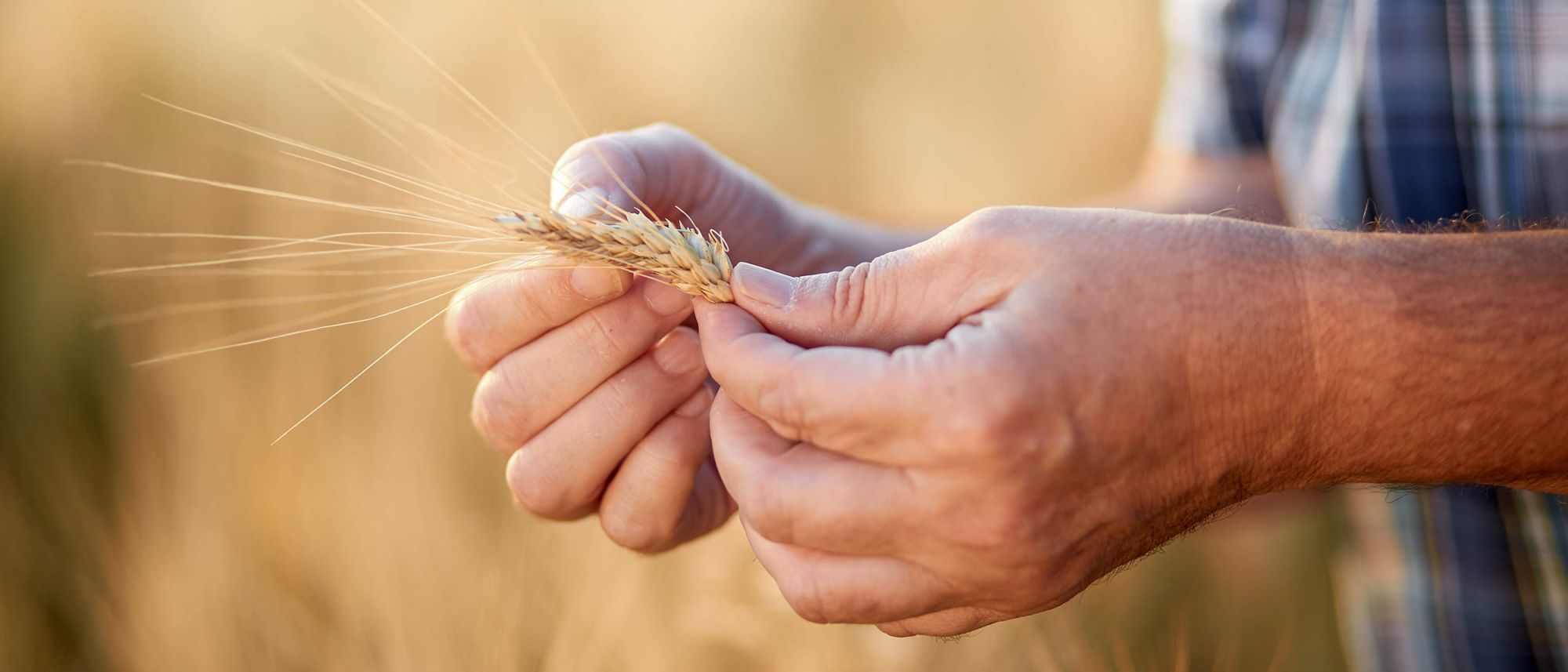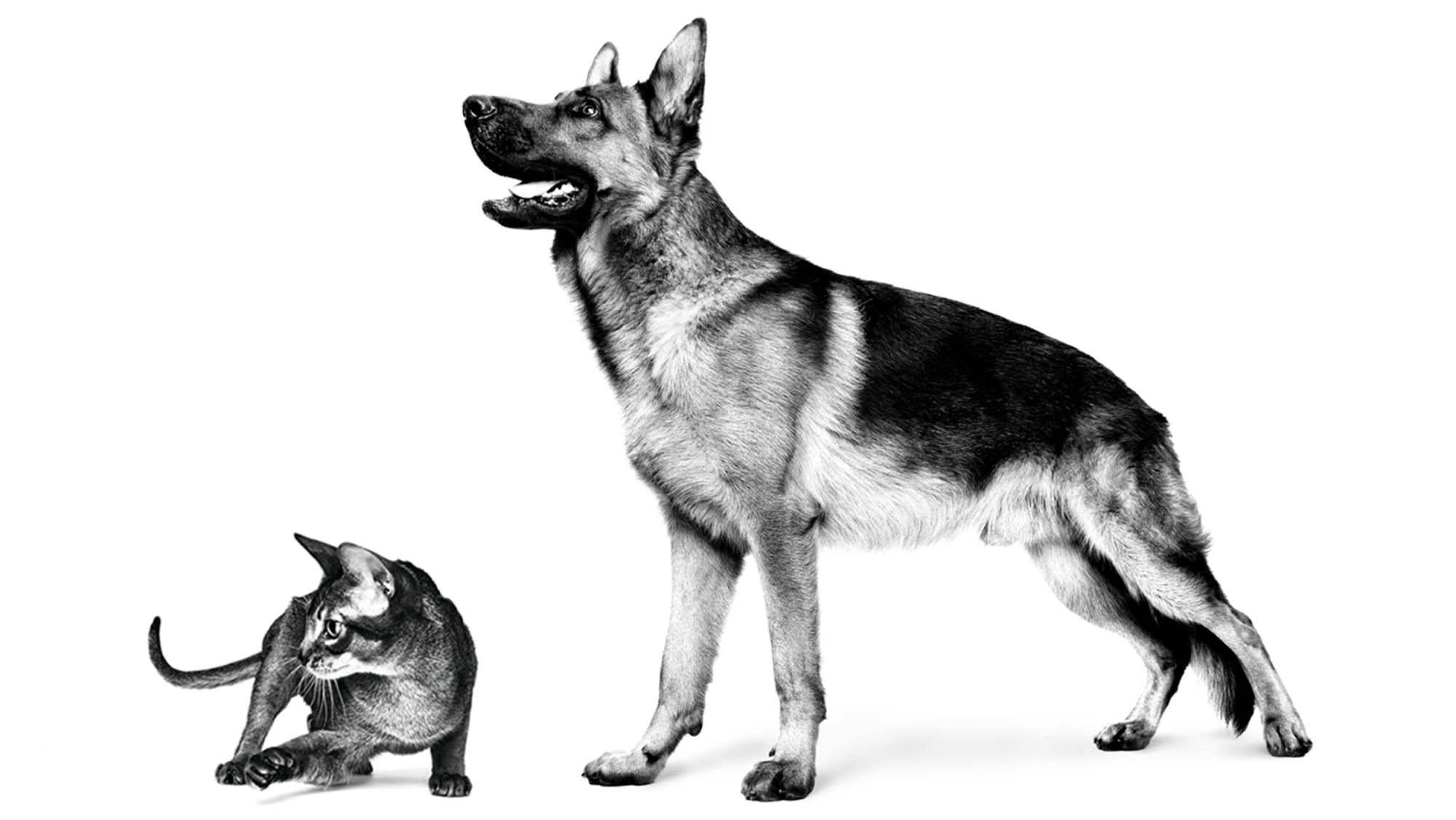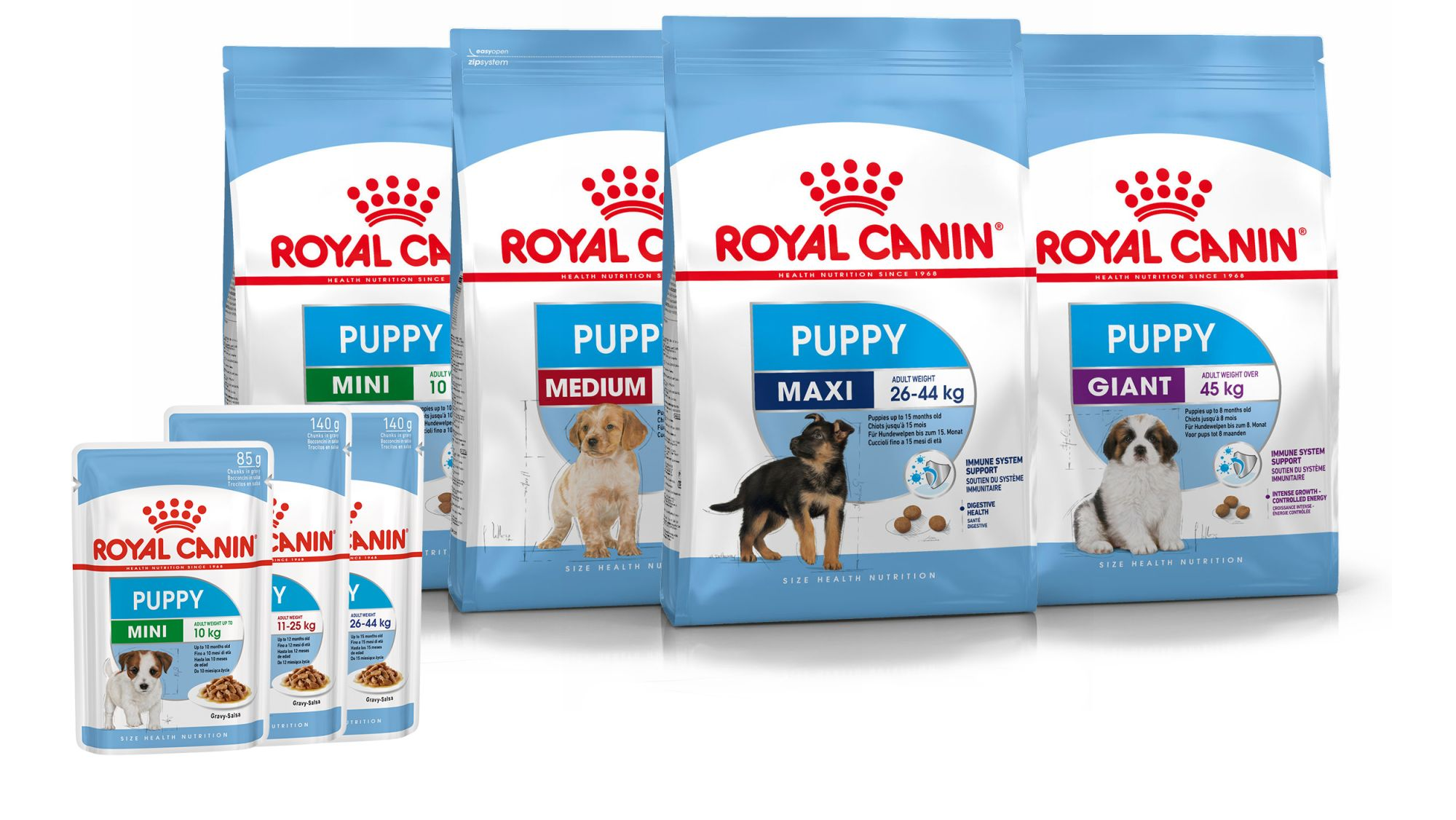The nutritional value of grains in cat and dog food
Article

When we discuss ingredients in pet food, it’s important to remember that their primary role is to provide vital energy and nutrients to sustain the health of cats and dogs. While as humans we often focus on specific ingredient in our diets, we take a nutrient-led approach to pet food.
According to the Pet Food Institute, cats and dogs require more than 40 essential nutrients in their diets.1 Pet owners are therefore recommended to ensure their cat or dog is provided a specific combination of nutrients in their diet, which addresses the unique needs of their pet. Ingredients alone cannot ensure that each of these nutrients are present, or in the right quantities, in a pet’s food.
Instead, by following a nutrient-led method, we can put the needs of cats and dogs at the forefront of food production and investigating ingredients for the high-quality nutrients they can provide. With this approach, we also ensure we source highly digestible ingredients to support a pet’s absorption of nutrients.
With that in mind, let’s explore how grains can be used to provide some of the key nutrients cats and dogs need, as well as how this compares to other ingredients.
What are grains?
Grains, commonly referred to as ‘cereals’ or ‘cereal grains’ are the edible seeds of specific grasses and include wheat, corn, rice, barley, oats, and rye, to name a few.
Are grains nutritious for cats and dogs?
When properly used in pet food, grains and cereals provide plenty of nutritious and digestible nutrients and energy for cats and dogs. These include:
Vitamin E
B vitamins
Linoleic acid
One of the main nutritional benefits of cereals are the high-quality carbohydrates they provide. Carbohydrates are one of the three categories of macronutrients, alongside fats and protein, included in diets for animals and act as a main energy source for pets. Grains and cereals are also high in fiber, which is a beneficial nutrient in supporting healthy gastrointestinal function in cats and dogs.
In fact, some grains may be recommended for cats and dogs experiencing gastrointestinal issues such as diarrhea, as they are naturally easy for pets to digest.
Can cats and dogs digest grains and cereals?
Further to the nutrients that grains and cereals offer, it’s important to consider their digestibility for pets. Digestibility refers to how many nutrients a food item is able to provide. For example, an ingredient may be rich in nutrients but hard for a cat or dog to digest. This means that fewer nutrients are absorbed by the animal's intestines and consequently fewer will end in the bloodstream.
An ingredient that is highly digestible for pets can provide a much higher proportion of nutrients, and therefore a cat or dog may receive the same level of nutrition concentrated into smaller portions.
Cats and dogs are able to digest processed grains using the enzymes which are normally present in their digestive system: amylase for the starches and proteases for the proteins.
To expose the most nutritious, digestible elements of grains or cereals, the raw ingredient is ground and heated in the manufacturing process. This removes the less digestible outer shell and leaves the nutrients that cats and dogs need.
After this grinding and cooking process, some plant proteins can actually be more digestible than animal ones. This has been evidenced in a comparison of the digestibility of raw protein sources, with wheat gluten (99%) and soy isolate (95%) outscoring dehydrated pork (92%), poultry (88%), and lamb meal (88%).2
Are grain-free diets safe for cats and dogs?
Over the last few years, there has been a trend toward grain-free foods for cats and dogs (diets that are made with recipes containing no cereal grains), primarily due to concerns about food allergies or carbohydrate intake.
In reality, research has actually shown that food allergies are responsible for as little as 1–2% visits to the veterinarian for cats and dogs.3 Instead, environmental allergies and other skin problems.
Grains can provide essential fatty acids, fiber, vitamins, and minerals—making them an important part of a complete and balanced diet. Switching your cat or dog to an all-meat diet without proper supplementation carries a considerable risk of nutritional excesses or deficiencies.
Before making any changes to your pet’s nutrition, you should consult your veterinarian to ensure that the new diet is complete, balanced, and entirely safe for your cat or dog.
Finding the right nutritional balance
At ROYAL CANIN, we’ve conducted extensive research for more than 50 years into these ingredients and found that when properly used in pet food, grains can provide a great source of energy and essential nutrients for your cat or dog.
A healthy diet for cats and dogs provides nutrients from multiple sources—not only meats but also carbohydrates like grains, including wheat, and corn. The important point is ensuring that your pet receives a balanced and precise blend of over 40 key nutrients to support their ongoing health and wellbeing.
1 https://www.petfoodinstitute.org/pet-food-matters/ingredients/all-about-function/
2 Royal Canin Research Center
3 Verlinden et al. Food allergy in dogs and cats: a review. Critical Reviews in Food Science and Nutrition 2006; 46: 259-273
Related Articles

Royal Canin’s approach to nutrition

Browse our product ranges
Like & share this page